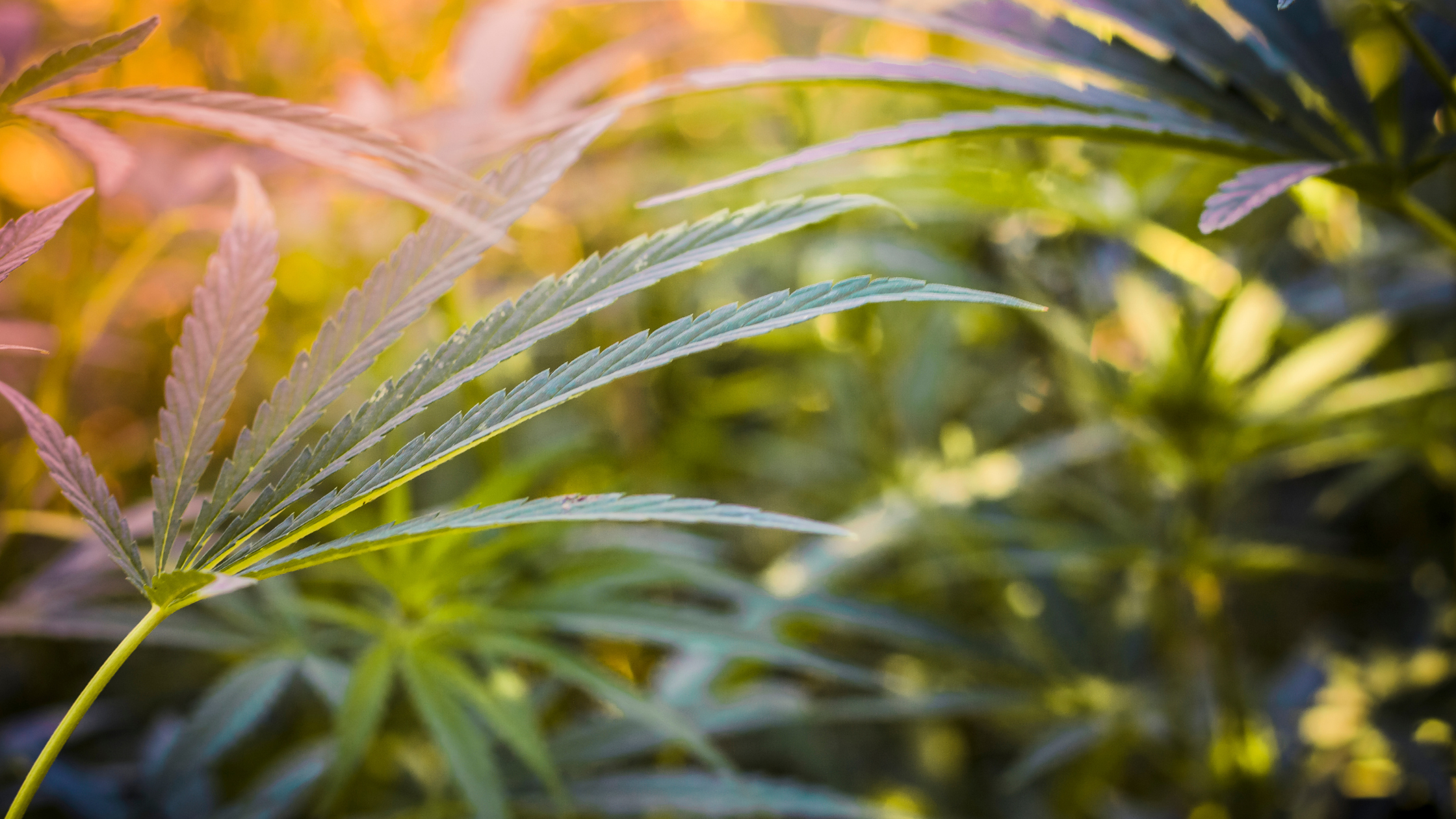Sustainability and fashion are two topics that are often approached today, despite the fact that there is still a climate of poor reliability. In reality, many brands are mobilizing to try to significantly reduce their environmental impact, and try to do so starting from the use of eco-sustainable fibers. With today's article we want to focus on natural fibers, i.e. those that do not require special chemical and mechanical processing to be made. Starting from the assumption that a natural fiber is not always considered eco-friendly, we are going to analyze the characteristics, peculiarities and differences between those that can be defined as sustainable.
ORGANIC COTTON
Organic cotton is certainly the most common eco-friendly fiber, the one most used and widespread among clothing brands, considered the best alternative to standard cotton.
But where is the real difference between the two types of cotton? Organic cotton is grown following the rules of organic farming as is the case for food products.
This entails a whole series of further differences that lead organic cotton towards greater environmental sustainability:
1) Exclusion of pesticides, fertilizers, herbicides and toxic substances harmful to the environment and human health
2) Lower water consumption
3) Crop rotation that guarantees the soil to "rest" thus remaining alive and healthy
4) Defoliation that occurs naturally, thanks to atmospheric agents
This type of organic cultivation obviously requires more time and more work for the production of cotton, and it is for this reason that it raises the cost in an important way. The result, however, is that of an extremely versatile and excellent quality natural fiber, which can boast several advantageous characteristics compared to normal cotton:
- softness and freshness in contact with the skin
- favors the recycling of air between fabric and leather
- biodegradable, therefore left in nature it is decomposed by bacteria
- total absence of toxic substances
Unfortunately, however, today organic farming in the cultivation of cotton covers less than 1% of its total production.
HEMP
This plant is often demonized as it is best known for its illegal consumption in different states, and consequently its incredible qualities are snubbed when used in different sectors. In the fashion sector, hemp is a natural fiber that is still little used, but which is able to reach incredible peaks in terms of environmental sustainability, let's see why:
1) It does not require pesticides, herbicides and fertilizers during cultivation
2) It grows rapidly and has a high yield of fibers extracted per hectare of cultivated land, 250% more than cotton
3) Consume a very low amount of water
4) Leave the soil healthy and in excellent condition, releasing organic material
Its extremely manual processing involves numerous advantages for the environment, to the point of being one of the few fibers that can be considered Sustainable even in the absence of a textile certification. But let's see what its fantastic qualities are when it is transformed into clothing:
- tensile strength eight times higher than that of cotton, i.e. indestructible
- hypoallergenic and non-irritating fabric for the skin, with total absence of toxic substances
- perfect for any temperature as it is able to absorb or reject heat depending on the condition
- biodegradable, therefore left in nature it is decomposed by bacteria
- does not shrink and does not discolour
We recommend that you wash all hemp products by hand, as using a washing machine and dryer could alter their fibers, thus forcing your garment to slowly lose its best qualities.
LINEN
Another common natural fiber that can be considered sustainable is flax. Linen fiber can boast an incredible versatility that makes it able to create perfect garments for both summer and winter. Contrary to what is commonly thought, linen reacts to the seasons, ensuring the right warmth in contact with the skin during the colder months and an incredible sensation of freshness during the hottest ones. Its cultivation takes place naturally and therefore let's analyze its two main characteristics:
1) No use of chemicals during the cultivation process
2) No artificial process to obtain the fabric
The final result guarantees a tensile strength considerably higher than that of cotton, as well as an excellent response to degradation caused by heat, hence its widespread use during the hottest months. Considered by many to be the most resistant textile fiber in the world, clothing made of linen can boast the following characteristics:
- incredible sensation of freshness on contact with the skin
- great capacity to absorb humidity
- biodegradable, therefore left in nature it is decomposed by bacteria
- greater longevity than cotton clothing
The characteristic rough folds of linen are bound to become softer and less noticeable after numerous washes.
We have therefore reached the end of this article, we thank you for reading it and we give you an appointment next week with the Shenty Blog.
